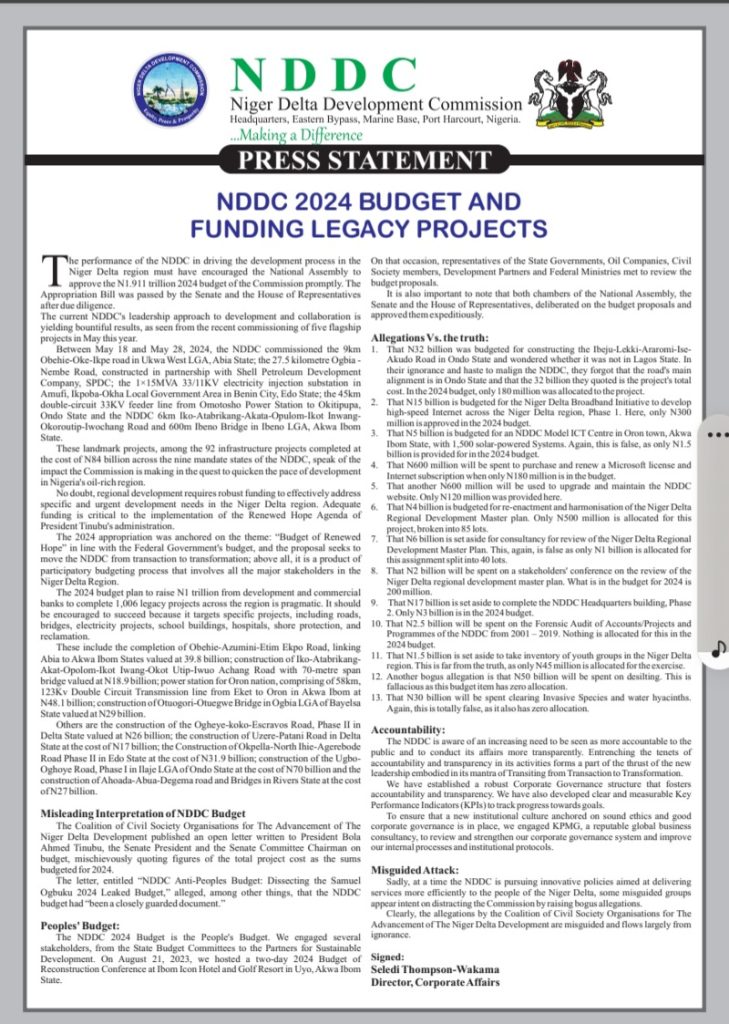The World Bank has forecasted ongoing insecurity, armed conflict, and deteriorating livelihoods in several northern Nigerian states, including Borno, Kaduna, Katsina, Sokoto, Yobe, Zamfara, and the far north of Adamawa, until May 2024. This prediction comes as the global financial institution points out that poor macroeconomic conditions are hindering access to agricultural inputs in Nigeria, impacting cereal production in the country.
According to the World Bank’s latest ‘Food Security Update,’ the estimated cereal production for the 2023/24 crop year in West and Central Africa is expected to be 76.5 million tons, representing a two per cent decrease from the previous season but a three per cent rise from the average over the last five years. The decline is attributed to dry spells, insecurity limiting access to cropland, and poor macroeconomic conditions restricting agricultural inputs.
The report identifies Chad, Mali, Niger, and Nigeria as major contributors to the decrease in cereal production. It notes that the persistent insecurity, armed conflict, and economic challenges have led to Crisis (IPC Phase 3) conditions in specific regions, including local government areas in the aforementioned northern Nigerian states and the far north of Adamawa state.
While most areas in the sub-region are expected to remain minimally food insecure from November to May 2024, some regions are classified as stressed or in crisis due to the challenging conditions.
The World Bank’s update also sheds light on high inflation rates in many low- and middle-income countries between August and November. Nigeria, in particular, experienced headline inflation of 28.20 per cent and food inflation of 32.84 per cent in November. The report emphasizes that these economic challenges are prevalent in various regions globally, impacting Africa, North America, Latin America, South Asia, Europe, and Central Asia.
As Nigeria grapples with the complex interplay of insecurity, economic difficulties, and declining cereal production, the World Bank’s projections underscore the need for targeted interventions to address the multifaceted challenges facing the affected regions.










